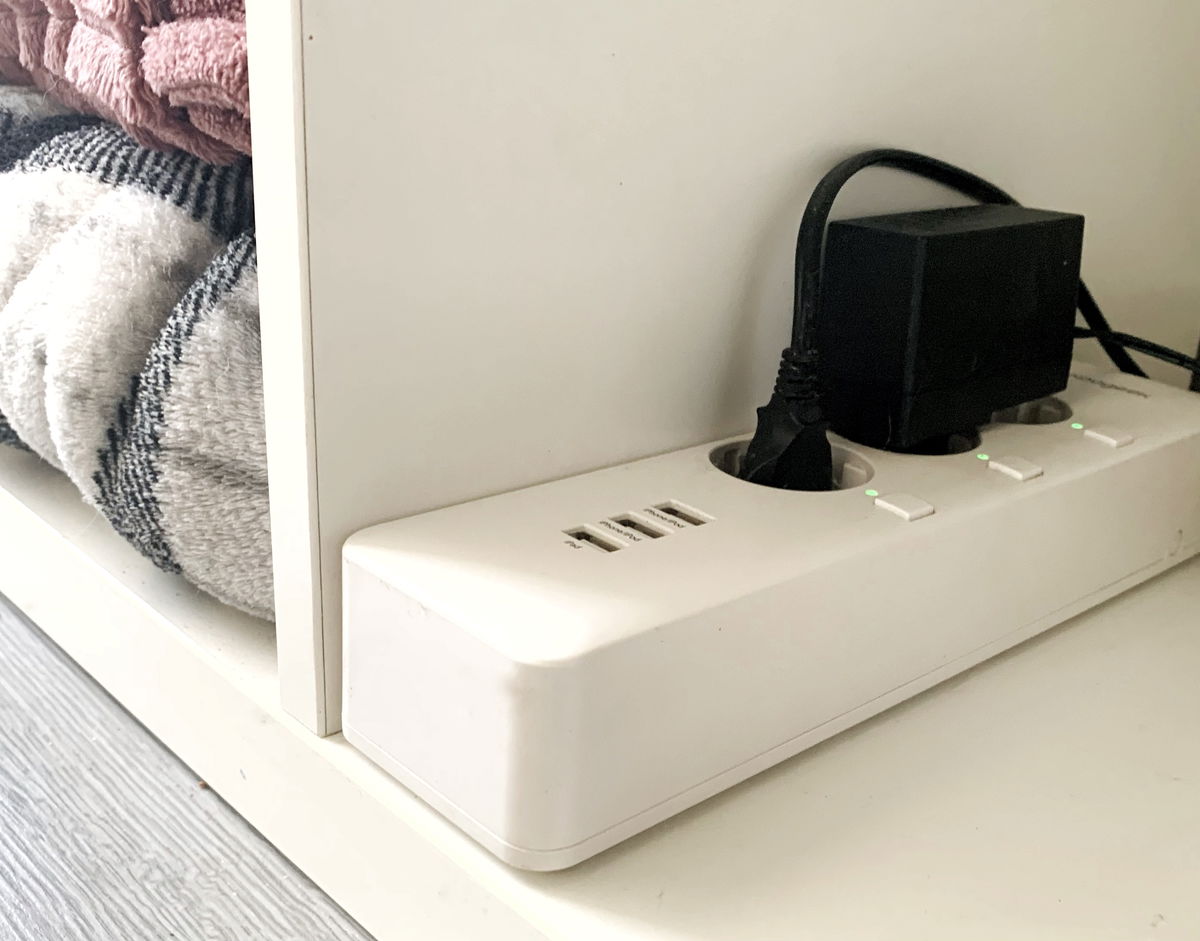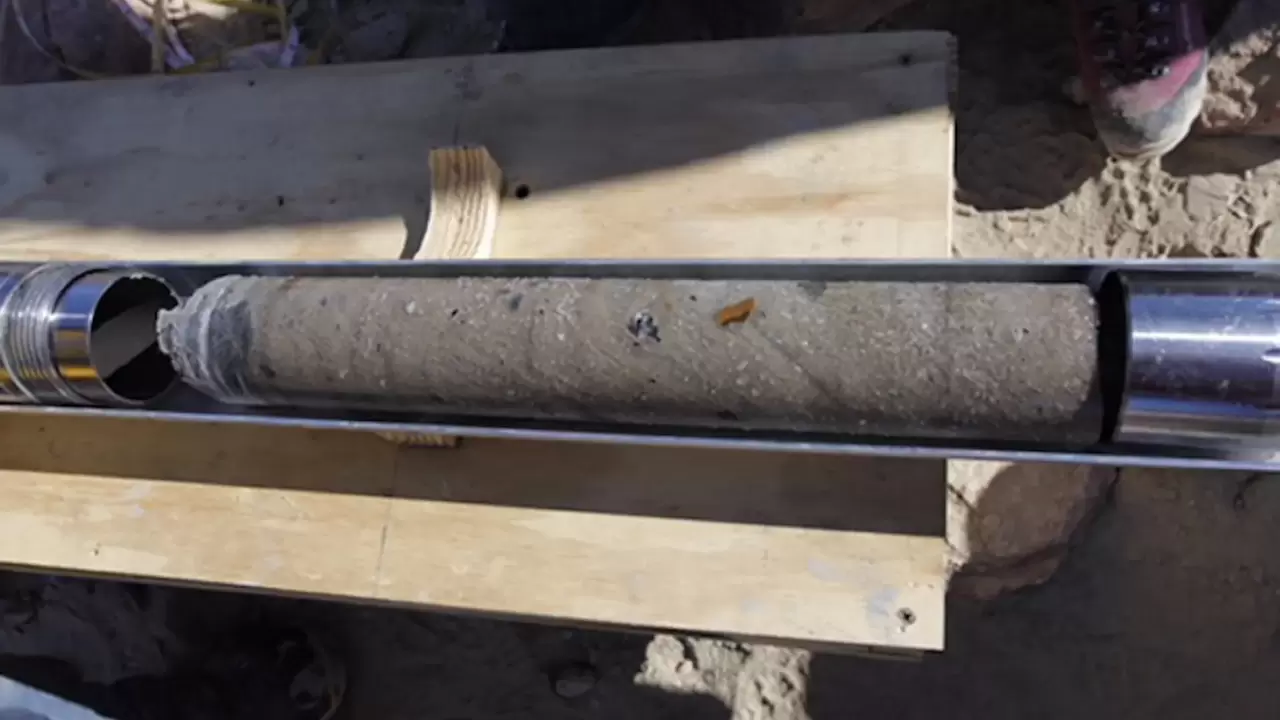The sample was taken from the Ong Valley in Antarctica, where glacial currents deposited ancient ice relatively close to the surface and rock layers protected the sediments. In the summer of 2017 and 2018 in the Southern Hemisphere, the team drilled a 9.5-metre ice core and then analyzed the age of the material at different depths.
The researchers studied the accumulation of isotopes of beryllium, neon, and aluminum throughout the core. They are produced by the collision of high-energy cosmic rays with rocky material, and their concentration can be used to judge when a particular layer was last exposed at the surface.
From this, the team was able to calculate that it consisted of two large masses of ice stacked on top of each other, which could have come from, for example, two separate glaciers. The upper part is estimated to be about 3 million years old, while the lower part is estimated to be 4.3 to 5.1 million years old. This is almost twice the age of the previous record holder – 2.7 million years.
Source: Ferra










